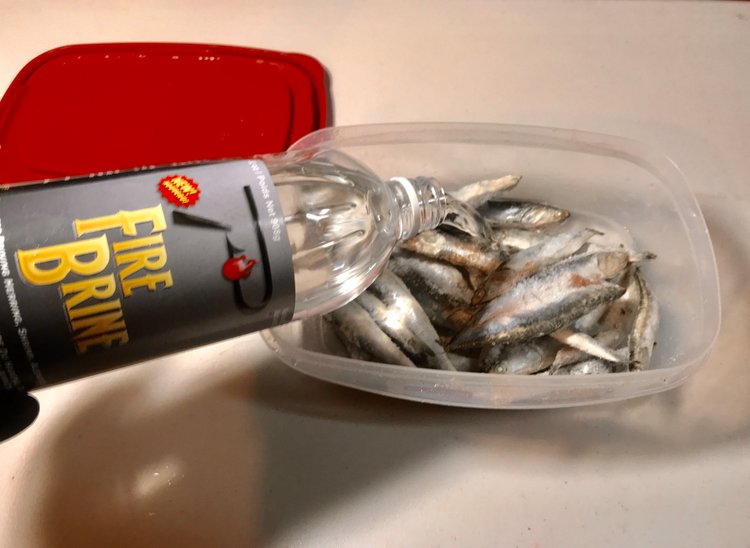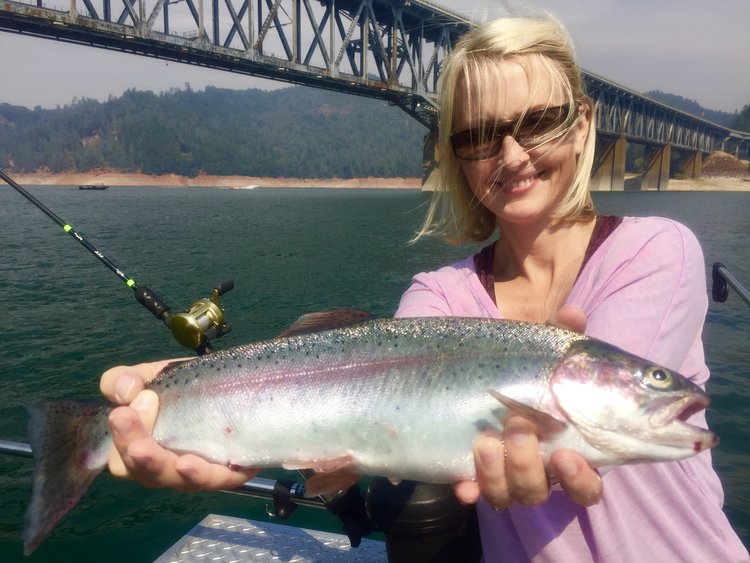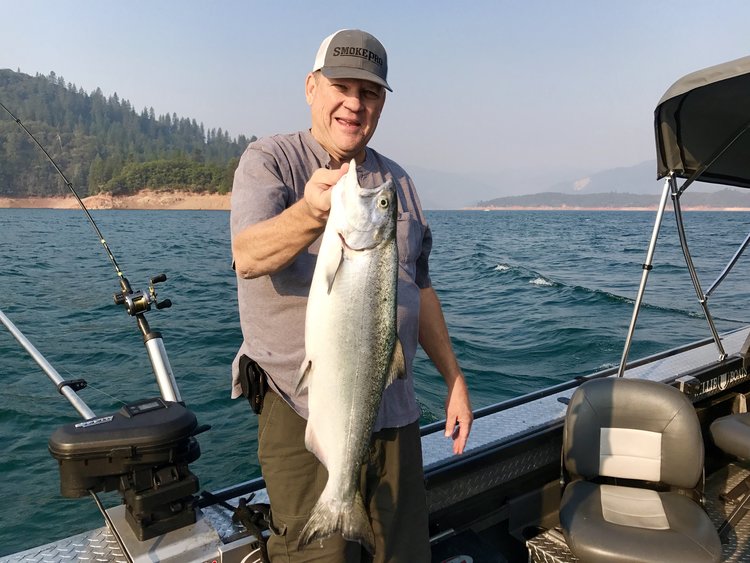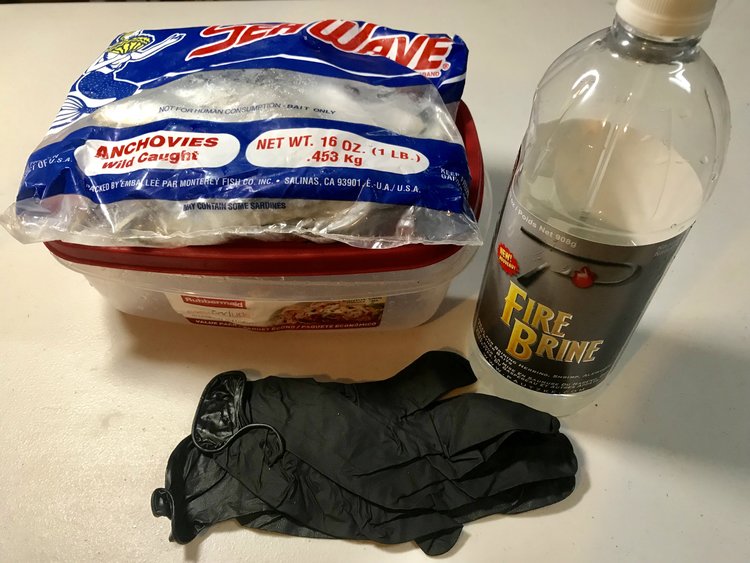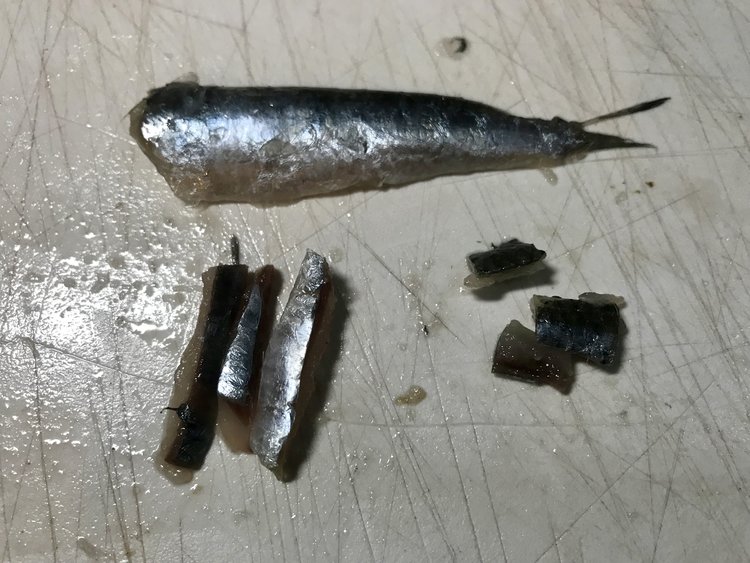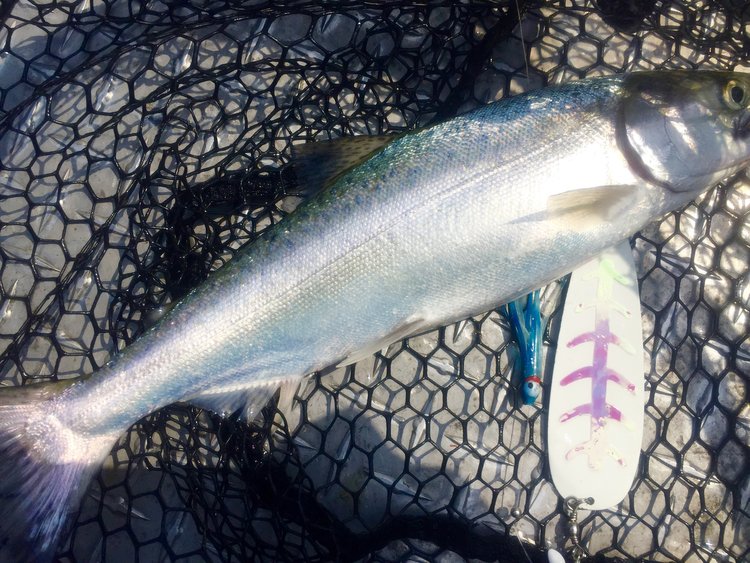
Brining Bait for Shasta Lake Salmon and Trout
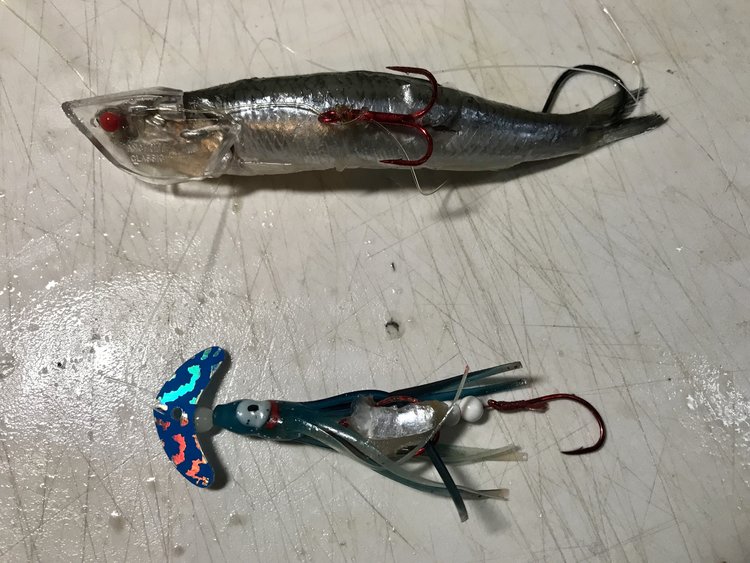
by Jeff Goodwin
1-21-2018
Website
Shasta Lake in northern California is the largest water reservoir in California, holding nearly 4.6 million acre feet of water. With depths as deep as 517 feet, and over 365 miles of shoreline, it is very rich in its aquatic nutrients for resident fish species. It hosts a massive population of different fish species including, King salmon, trout, bass, panfish, and a variety of bottom dwellers as well. Because of its excellent year round fishing opportunities, Shasta Lake plays host to dozens of fishing tournaments each year and is truly a fisherman's paradise, especially in the spring and summer months when the thermoclines develop. As a full time guide on Shasta Lake, I have used numerous techniques to successfully catch the rainbows, browns, and King salmon when fishing my clients. During the last few years one particular type of bait has stood out above the others and is now a part of my every day presentations. The bait I'm referring to is not what you would expect to use in a freshwater lake located in the northern reaches of California, but for reasons unknown, its a very effective addition to any fisherman's presentations when fishing northern California lakes.
The bait I am referring to is the Pacific Anchovy. When properly prepared with Pautzke Bait Company Fire Brine, these small baitfish used whole or even filleted into small pieces, will absolutely get you more bites when fishing Shasta Lake. Anchovies are rich with fish attracting oils and leave an awesome scent trail in the water when trolled whole or when cut into strips and attached as an additional attraction to a number of baits. The greasy little baitfish can most often be found at any good bait shop or tackle store and will likely be found in frozen form. You can buy the tray anchovies if you plan to run them with Trinidad Tackle bait heads and need them to look good, or you can buy the bulk bags if you plan to cut them up into pieces. Either way, anchovies are a fairly soft bait when thawed so brining them before use is highly recommended.
I use Pautzke Bait Co. Natural Fire Brine because its very easy to use and not only enhances the toughness of my baits, but it increases the shine of the bait which is important when trolling the anchovies whole. This makes for a very attractive presentation and you can troll the same bait for longer than you would really want to. It is without a doubt the best bait brine on the market and has been for years. I use the natural Fire Brine because I have confidence in how it prepares my baits and because it seems to produce the best results for me on the waters I fish. Pautzke has several other color brines available so feel free to experiment with the different colors of Fire Brine on the waters you fish. You might find that blue or chartreuse is a better color bait on your local lakes.
I'd like to be able to say I have a secret Fire Brine recipe that I'm going to reveal to the fishing world, but the truth is, Pautzke has already developed the perfect brine. All I have to do is open a bottle of Fire Brine and pour enough to cover my anchovies in a plastic baggie or a container. Its very simple and saves me the trouble of making an inferior brine recipe like we used in the old days. The following steps are the steps I take when brining bait with Fire Brine and the only thing that will change how I brine them is the amount of time I have to let my baits brine before I fish them.
Step #1
I remove the number of frozen anchovies I anticipate using over the next few days based on the number of anglers I will have in the boat. I either put the anchovies into a plastic baggie or into a plastic container with a lid that seals tightly when closed. I will pour enough Fire Brine into the baggie or container to cover all of the anchovies I have in the container. I like to stir all of the baits around making sure they are all covered in the Fire Brine. I will then place the container in my bait fridge overnight, but try every few hours to move the bait around in the Fire Brine filled container to keep all the baits submerged throughout the brining process until I call it a night. If for some reason I have a quick turn around and need the anchovies to firm up a little more quickly, I will sometimes add a liberal coat of non iodized salt over the brining anchovies to help speed up the firming process.
Step #2
The following morning before I head out to fish, I'll drain the excess Fire Brine from the baggie or plastic container and get them ready for the day of fishing. If I'm running anchovies in bait heads, I'll obviously leave them whole. If I plan to use them as part of a presentation as a strip on a streamer fly or on a hoochie rig, I'll often fillet the anchovies and cut the meat into thin strips that will trail the presentations without interfering with their action. A little goes a long way in the case of fishing for trout or salmon on Shasta Lake, so big chunks aren't necessary to get bites. I'll often run the strips 1/8"-3/16" wide on a 1" strip, or a 1/4" X 1/4" chunk to put on a double hook rig with a hoochie skirt.
That's really all there is to brining anchovies, or other bait fish like shad or herring, with Pautzke Bait Co. Fire Brine. At the end of the day after keeping it cold all day on the water, I simply return the container to the bait fridge for use the following day. I've found that if you can keep it cold, you can use the bait or bait strips for several days. If you don't have another day of fishing planned, simply put the baits in the freezer and save them for another day. They will thaw out and fish just fine!
Jeff Goodwin is a full time
Northern California fishing guide. He guides year round for salmon,
trout, steelhead, Kokanee, and bass on Northern California rivers and lakes. He
fishes many bodies of water in the Redding area, but also guides the Sacramento
River and Feather River during certain times of the year. Jeff can also be
found on the California coast chasing ocean fresh King salmon and steelhead
each year. To learn more about the fishing trips Jeff has to offer, please
visit Jeff Goodwin's Guide Service.
You can also find him on Facebook, Instagram,
and Twitter, or please feel free to call him anytime at (707)
616-1905.
Photos
Website Hosting and Design provided by TECK.net
